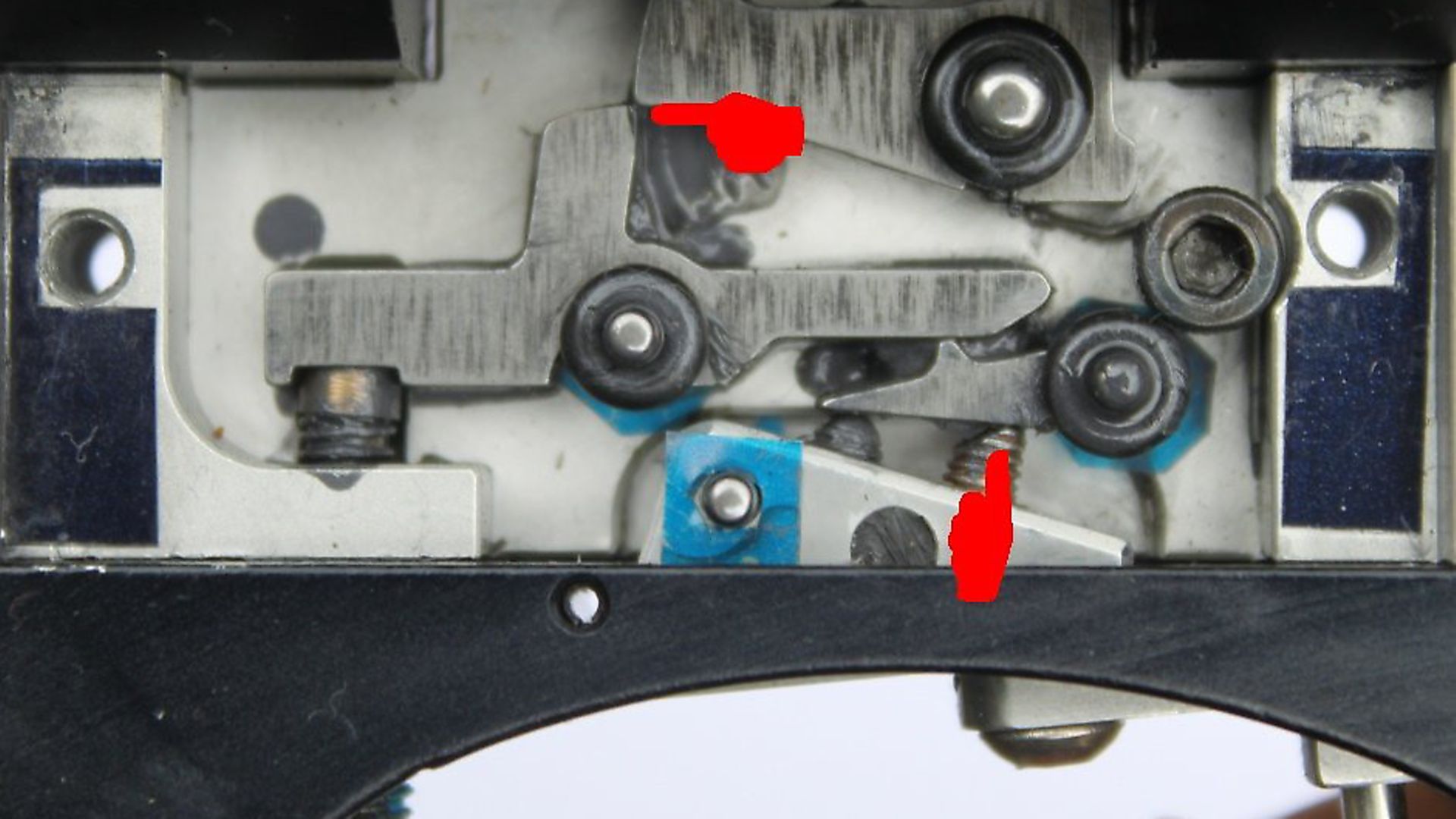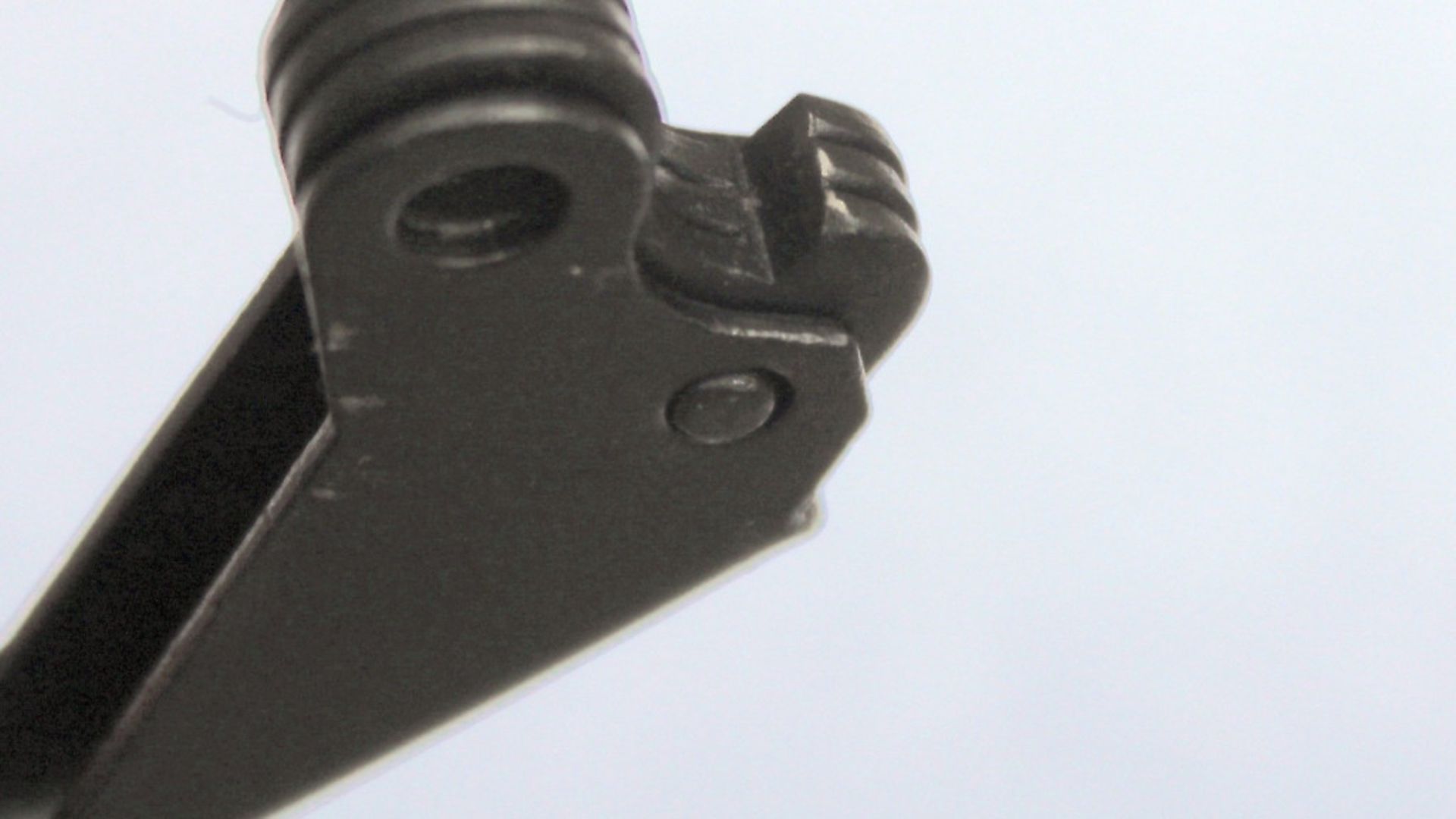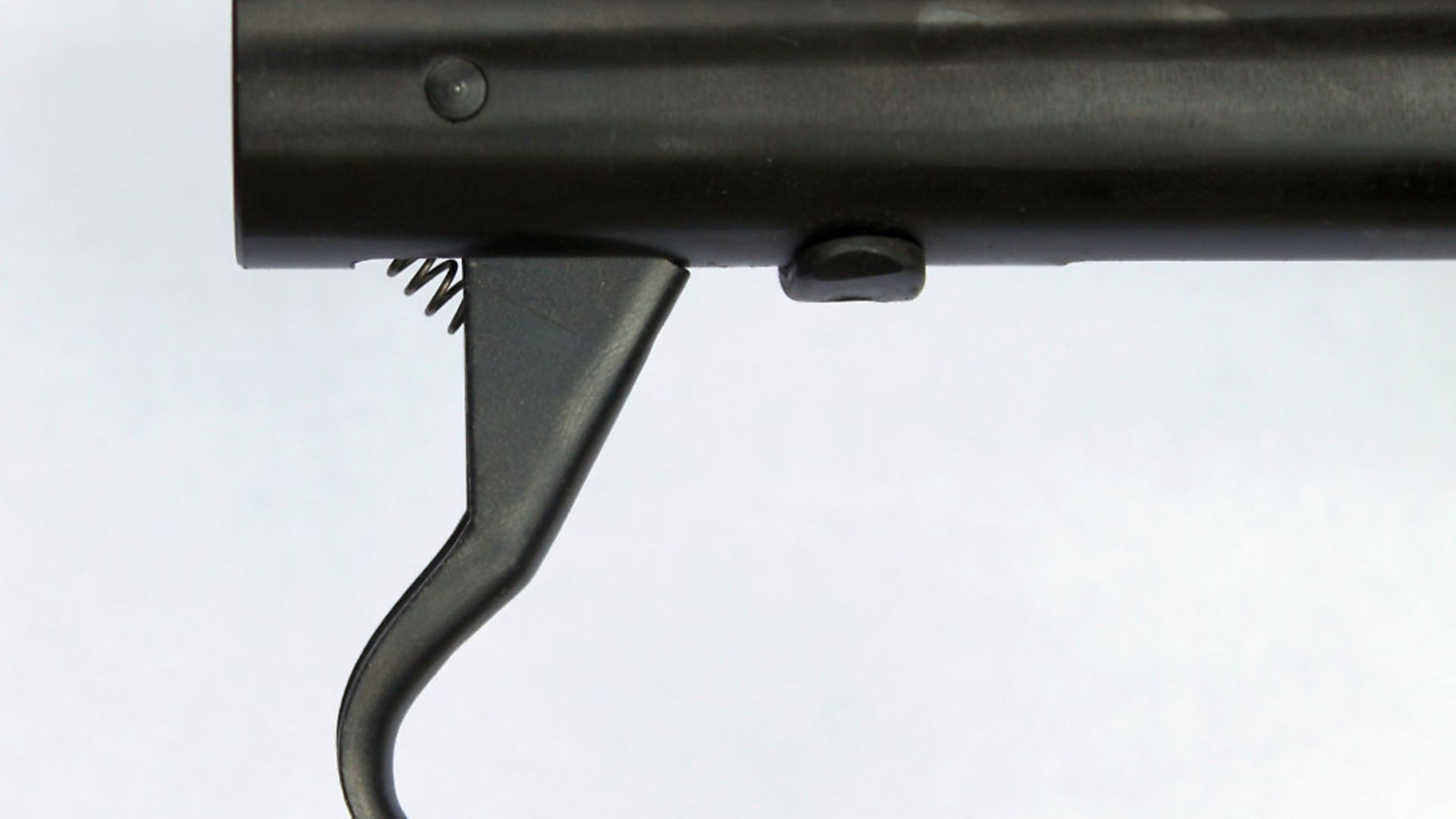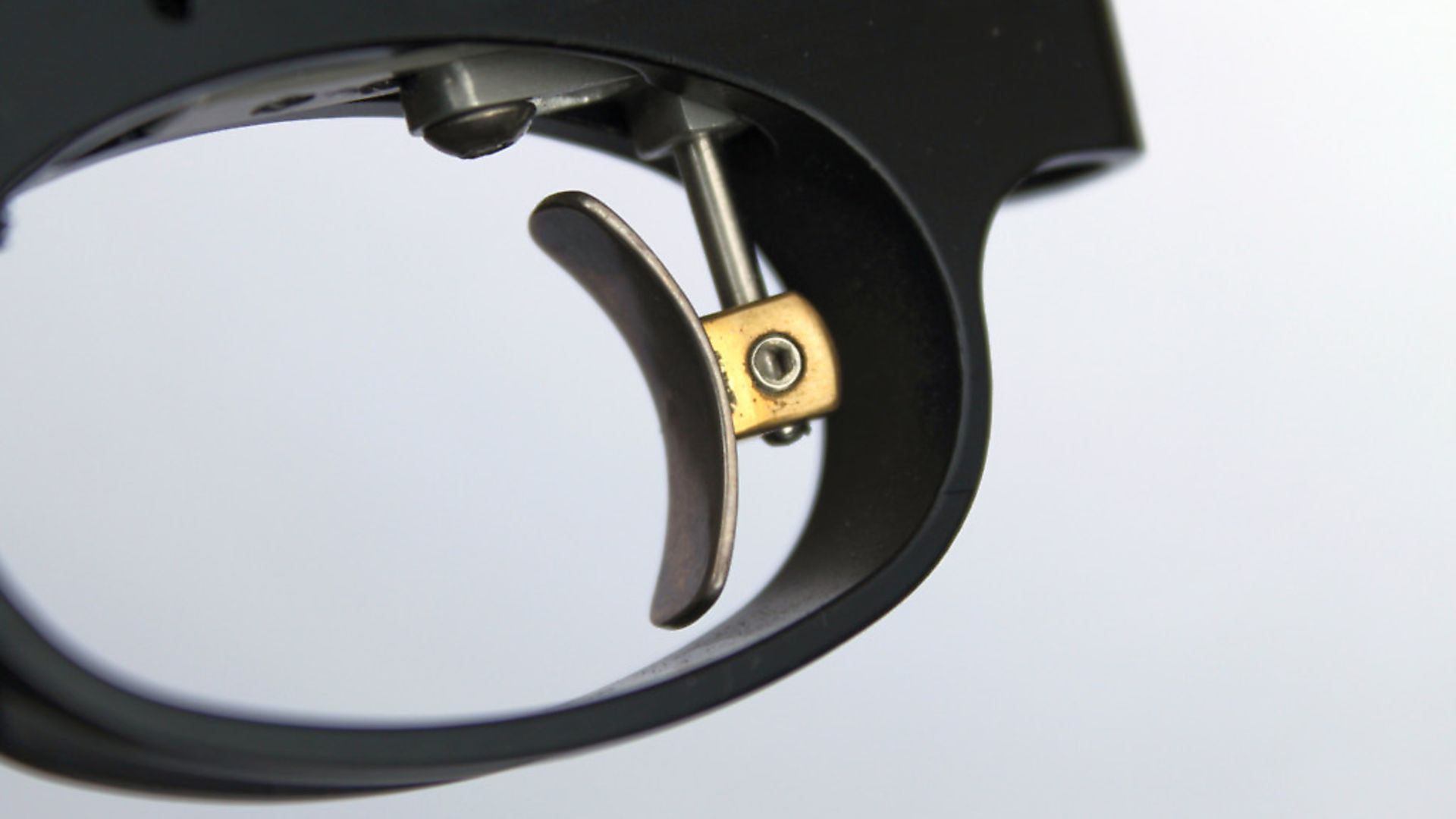Tim Finley kicks off his new in-depth case study series with a closer look at one of the most important elements of any rifle - the trigger. Here, he compares single stage and two stage triggers
 credit: Archant
credit: Archant
Here’s a statement to kick off this new series: just before the shot is released, the only interface that should move between a gun and a human is arguably the most important one – the trigger finger and the trigger blade. The type of trigger has an effect, as well as what the shooter does with the finger.
Let’s get our heads around the two main types of triggers found on airguns; single-stage and two-stage triggers. As the name suggests, there is only one element to the trigger operation with the single-stage trigger. When the sears break, either the piston in a spring rifle is released to compress the air in the cylinder, or as with a pre-charged pneumatic airgun, the hammer is released to strike a knock-open valve, and here is where I can confuse you. Many airguns have single-stage triggers masquerading as true two-stage ones!
 credit: Archant
credit: Archant
TRUE AND FALSE
A true two-stage trigger moves sears apart on the movement of the trigger blade, to lessen the distance the sears have to move, to release the shot, and some single-stage triggers have a tensioning spring on the trigger blade to make the shooter think it’s a two-stage trigger. All the first stage does is to allow the shooter to apply pressure to move the trigger blade to come to a stop on the single-stage phase of the trigger mechanism, when further pressure applied on the trigger will move the sears apart and fire the gun.
Many shooters get confused over single- and two-stage triggers; both the real two-stage and the pseudo two-stage triggers should have a lighter first stage than second because that allows you to know when you have reached the critical point in the firing cycle, when application of slightly more pressure will fire the gun.
 credit: Archant
credit: Archant
WHAT’S THE DIFFERENCE
Really bad triggers suffer from creep on the trigger sears, and the shooter can feel the metal-to-metal contact as the two sear surfaces scrape over one another. Honing or polishing both sear surfaces to a polished mirror finish does help a lot with this undesirable situation, but a word of caution here; never try to alter the original angle of the sears. It could destroy the trigger’s functionality and. even worse. make it unsafe.
For examples of a single-stage trigger and a true two-stage trigger, I took apart two of my own air rifles. A Chinese-made B2 break-barrelled, spring-powered rifle gives us a look at a trigger on the bottom end of the single-stage trigger scale, whilst my Air Arms 400 series, pre-charged pneumatic has a superb two-stage trigger. So it should have because it’s an HFT match rifle – and when taking hard positional shots, a light predictable trigger is a massive help in such difficult competitions. The B2 is a very basic, break-barrel airgun, so it doesn’t need a match trigger and it hasn’t got one. To justify each type of trigger look at the overall cost of each gun and for what type of shooting it is manufactured.
 credit: Archant
credit: Archant
COMPARISON
I was a bit surprised when I took the B2 apart to find that the trigger sear was made up of three flat pieces of sheet metal, held between the sides of the trigger blade section, which was also made from a piece of pressed sheet steel.
I know the B2 is the cheapest of the cheap when it comes to airguns, but the crudeness of the trigger came as a surprise. It is not a massively inaccurate gun at the end of the day, but it would be so much nicer to shoot, and I think be much more accurate, with even a slightly better trigger.
The AA400 trigger is a true two-stage mechanism because the first and second stages are pulling the sears apart, but the B2 trigger it has one single part and one spring, and the 400 has four moving parts and two springs. Not to hammer the point, but look at how much they cost!
 credit: Archant
credit: Archant
CLEVER DESIGN
The AA400 is a clever design; it has an additional small lever upon which the trigger blade section presses, with two adjustable screws.
Once the action has been cocked and the top trigger sear is hooked onto the hammer, application of the first-stage trigger pressure uses the shorter domed screw on the trigger blade section to move the lever up, pivoting on pin B. This presses upward on the bottom of the lower sear section, moving the sears apart a little. The trigger then comes to a stop and the second screw makes contact with the underside of the small lever.
A very small amount of pressure then releases the sears and the hammer rushes forward under the spring tension of the hammer spring, to strike the knock-open valve and release compressed air behind the pellet.
I’ll finish off triggers in the next article, with adjusting tips and more of the human bit, with a few real-world tests thrown in.
 credit: Archant
credit: Archant